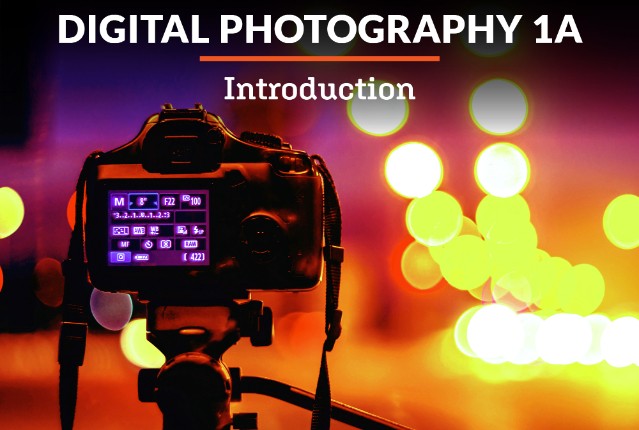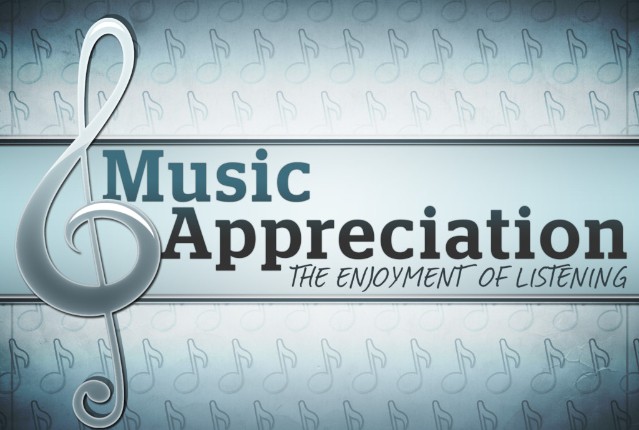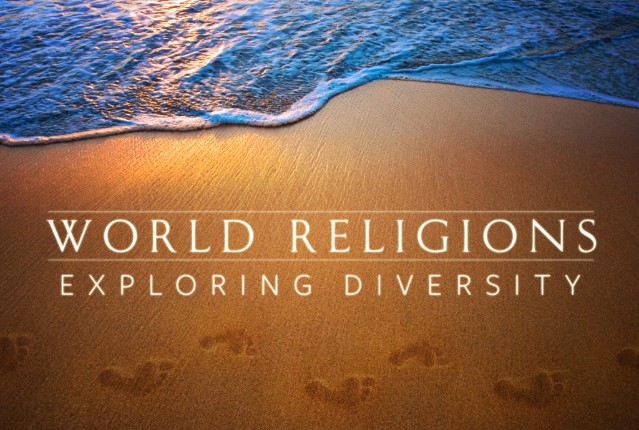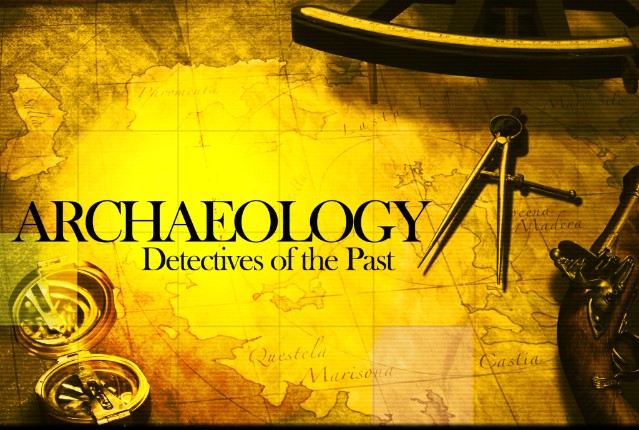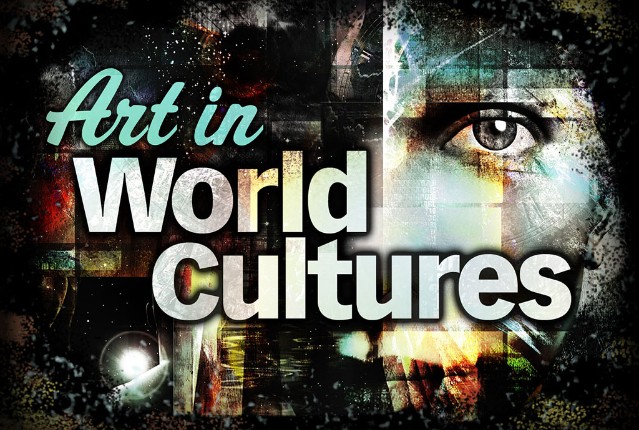
Art in World Cultures
Art tells a story. Go on a journey of when humans began creating art in prehistoric times to ancient Roman, early Christian, and Medieval periods. Explore the artistic characteristics of the Renaissance, Americas, Baroque, Romantic, and more. Learn the elements and design principles of art, and about some of the greatest artists in the world, while creating your own art, both on paper and digitally. It’s time to tell your story through art.
Review course outlineAccess for a year
USD 299.00*
* Choose more courses to get a discount
